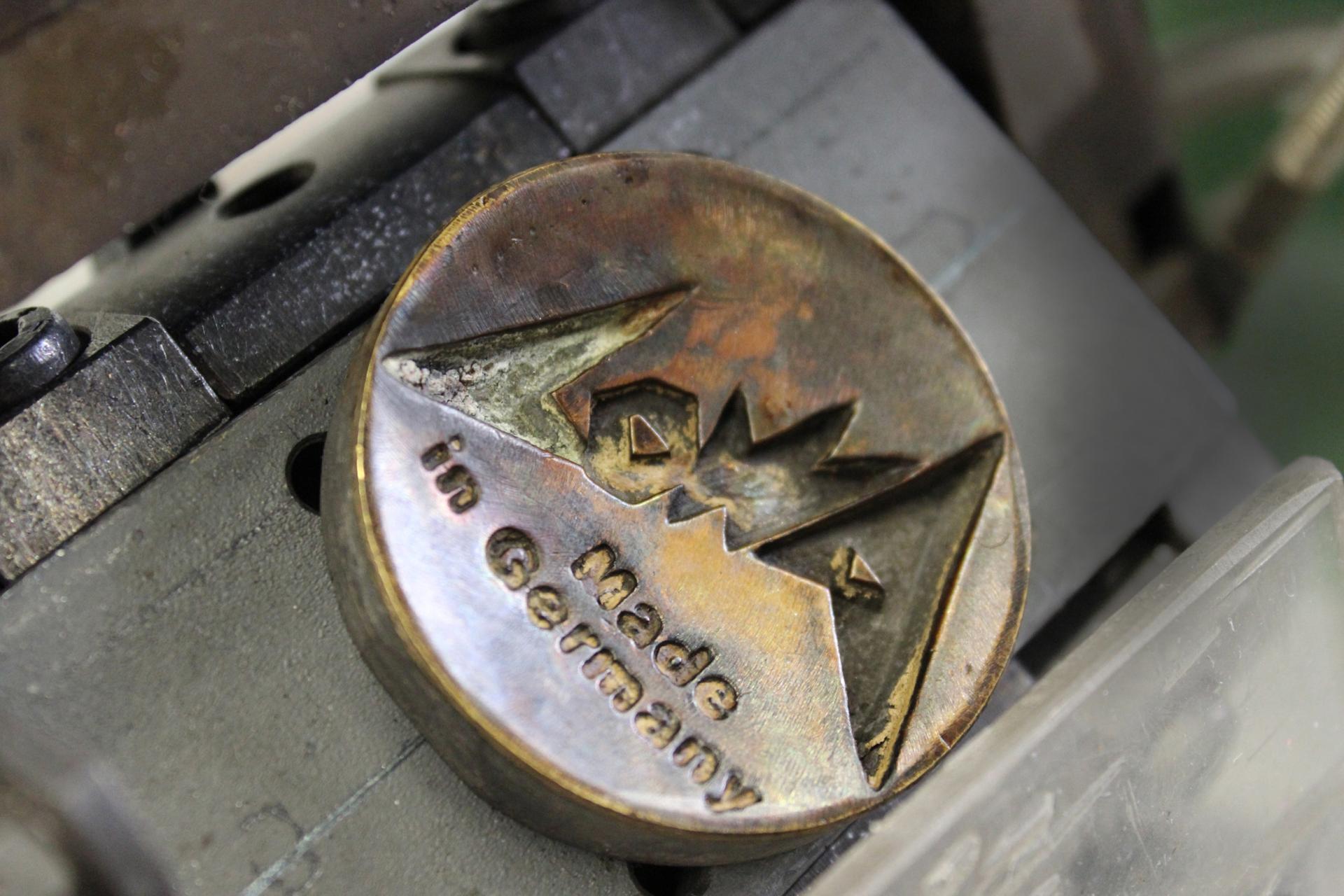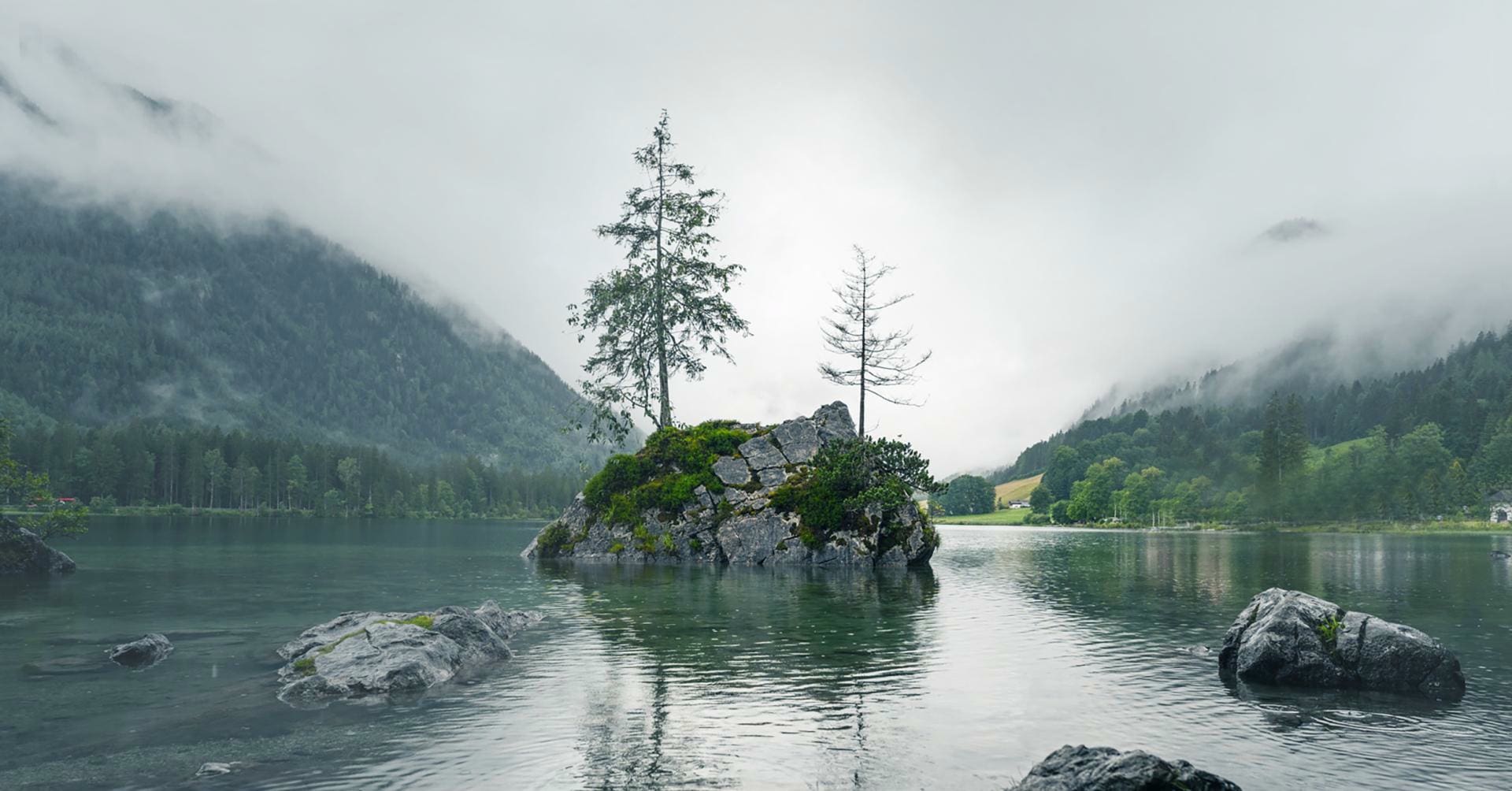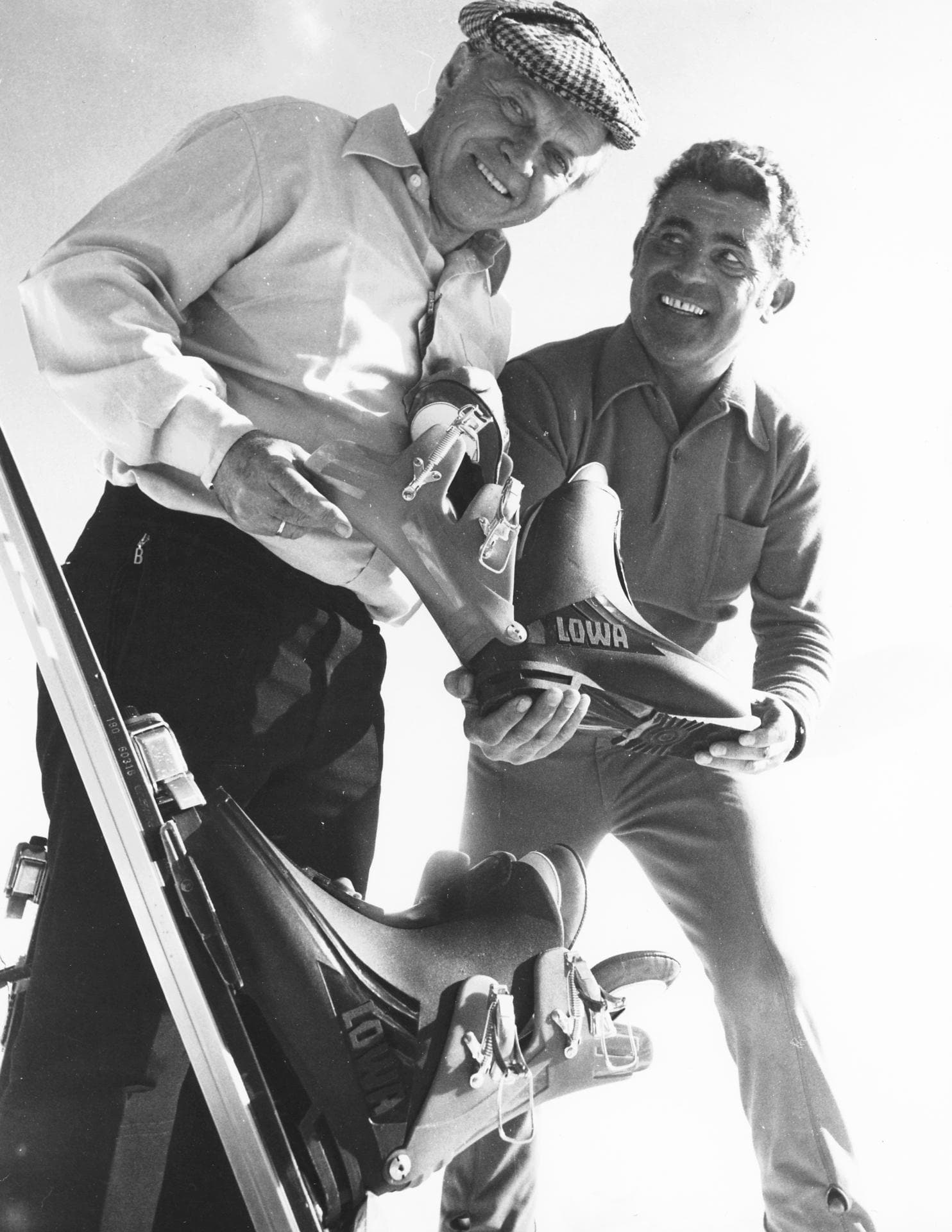SEPP AND BERTI LEDERER
When the former apprentice Josef Lederer, known as Sepp, returned to LOWA, happiness and misfortune were very close together. The company was in trouble and the company boss and founder Lorenz Wagner died. At the same time, Sepp fell in love with Berta Wagner and married her. Together with Berta's brother, Josef Wagner, the new generation of managers managed to save the company and developed it into an internationally recognised, successful brand.
A NEW NAME AND NEW SHOES
After the end of the Second World War, Lorenz Wagner had to reorganise his shoe factory. The buildings and machinery were still standing, but shoes for mountain troops were no longer needed and the French prisoners of war, who made up a large proportion of the workers at LOWA, returned home.
Even though the demand for shoes was great in the post-war period, so was the competition. Not only the Wagner brothers in Weichs and Vierkirchen, but also other shoe factories in and around Munich were asserting themselves on the market.
The "Ilmtaler Sportschuhfabrik" had to reinvent itself, employ workers and win over new customers. Lorenz Wagner created the LOWA brand, formed from the first letters of his name. The first collections of the post-war period were very broad-based. LOWA still produced Haferlsschuhe, mountain boots and ski boots, but also sandals, lightweight low shoes, après-ski boots and fur slippers.














